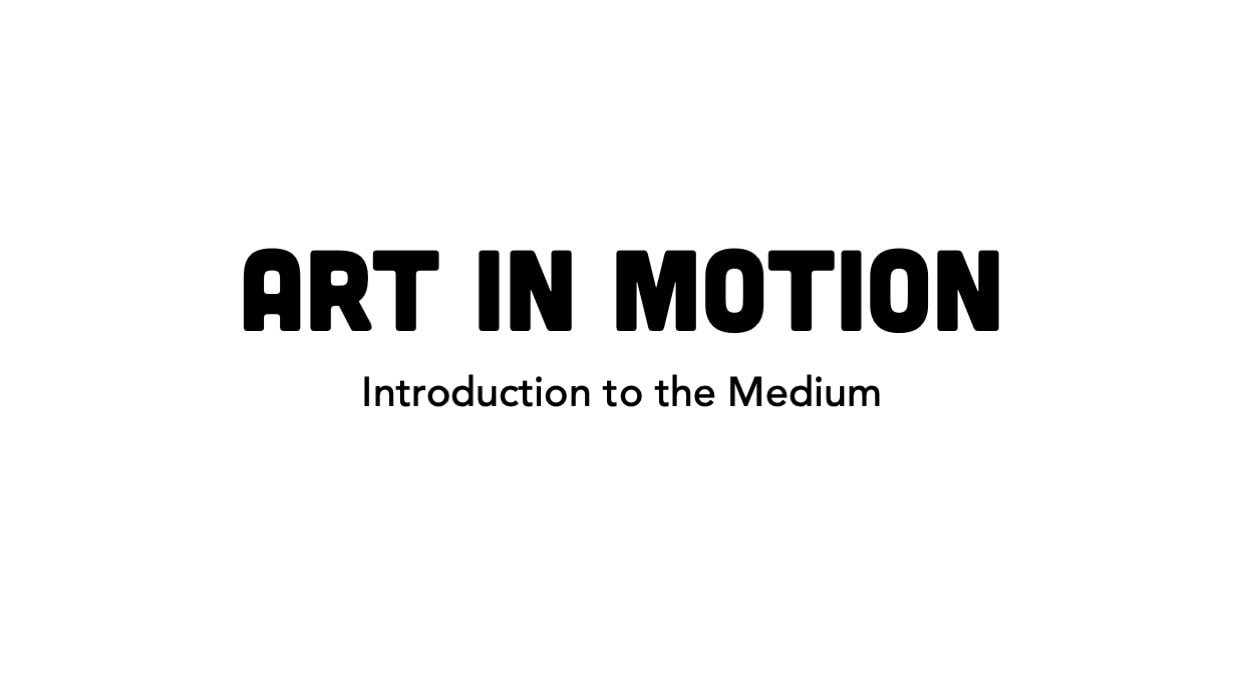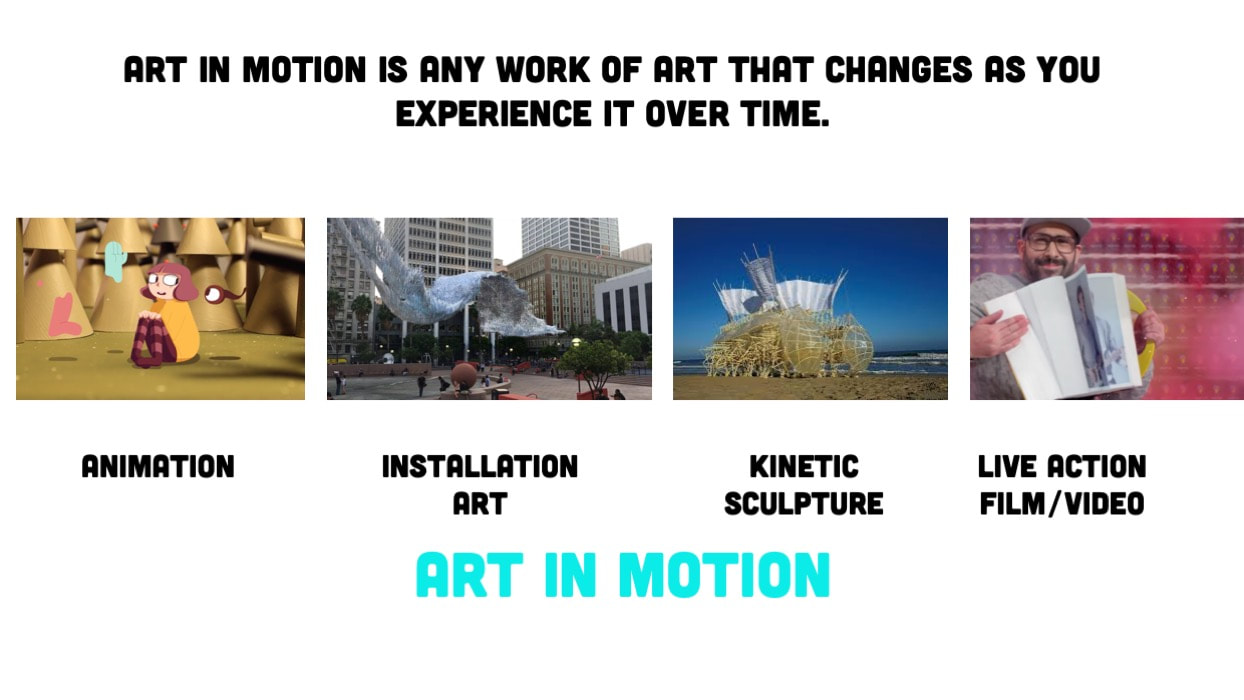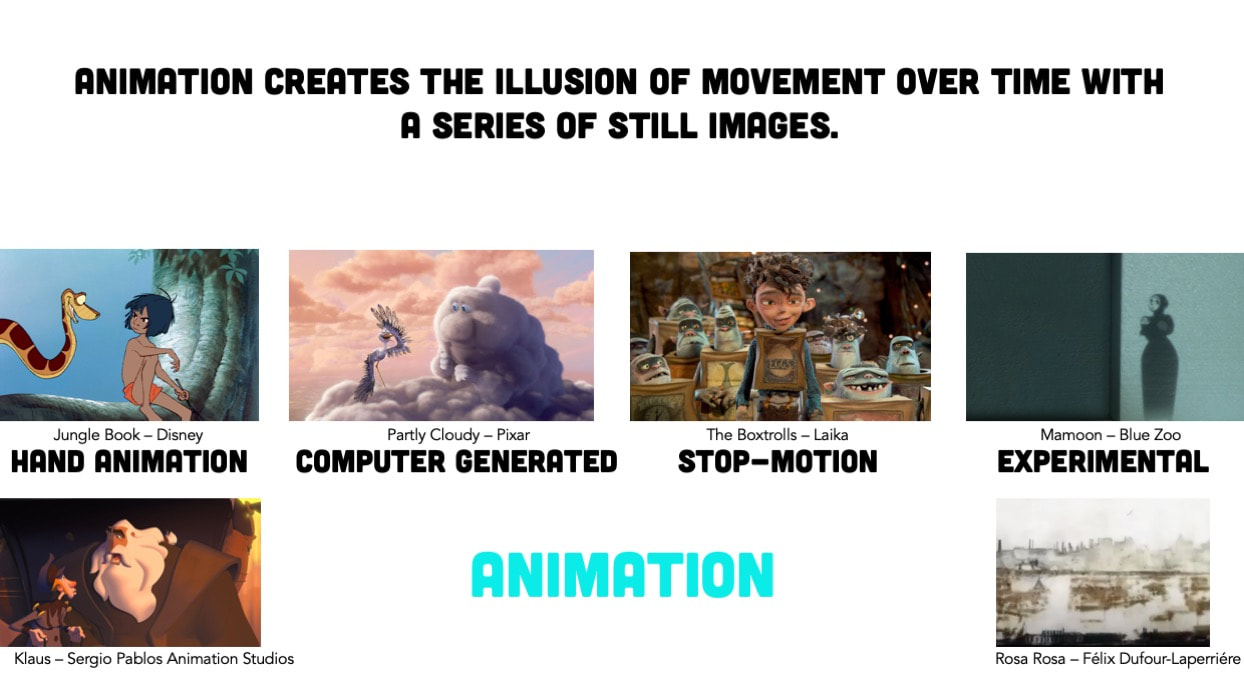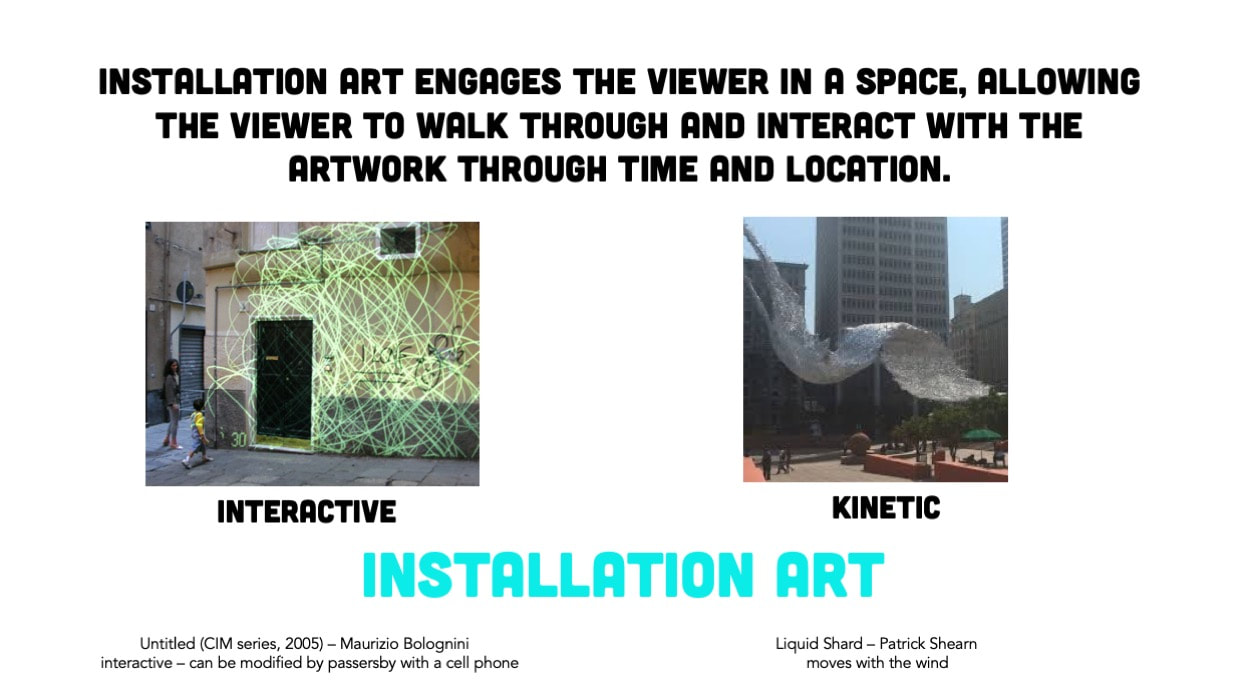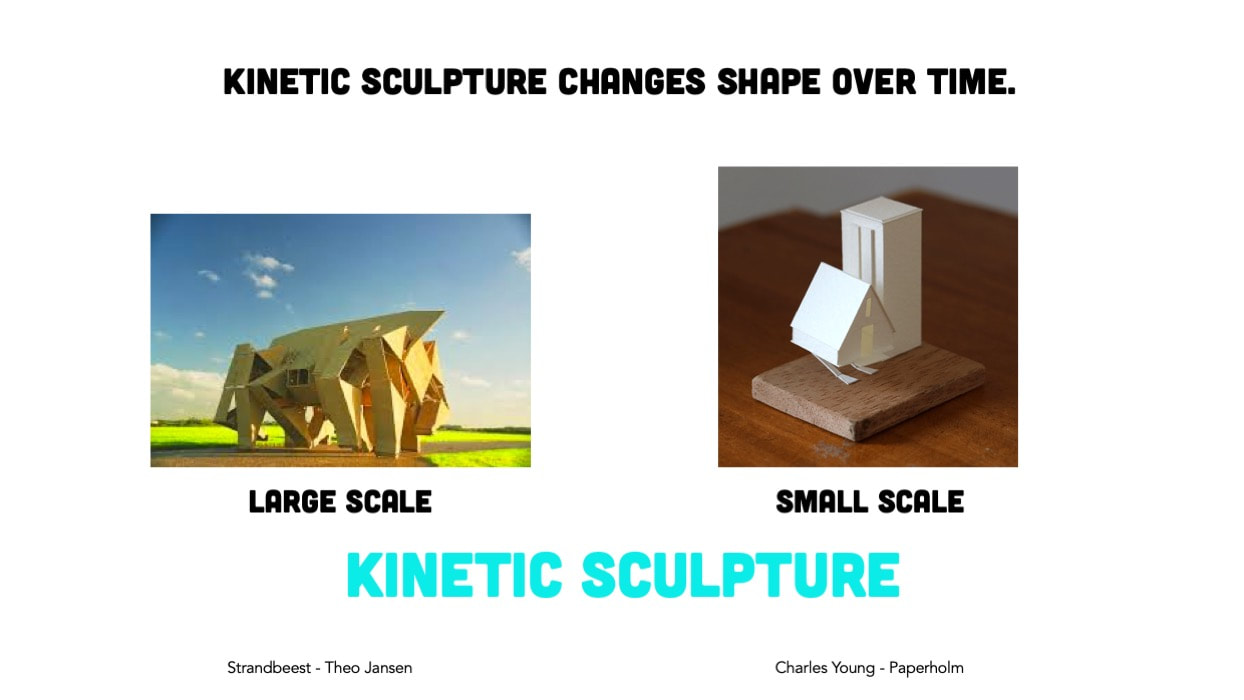Digital PresentationsStudents will identify a video they think represents Art in Motion. Students will show and analyze the video of their choosing for the class. Students will respond to three other video analyses.
|
START HERE
Analysis & Critique Review |
Choosing a Video
|
What constitutes Art in Motion? |
Prepare your Analysis
Analysis & Critique Info Here! |
Organizing your Presentation Video
|
Options for Presenting
|
Turning in Your Video
Responding to Other Presentations
|


